This guide breaks down the types of compliance audits (regulatory, security, financial, and operational), the frameworks they map to, and the real challenges most teams face, like privileged access sprawl and manual tracking.
Posts by Category:
- Security
- Access
- DevOps
- Privileged Access Management
- Auditing
- Zero Trust
- Compliance
- Policy
- Databases
- SOC 2
- Authentication
- Identity and Access Management
- Team
- Compare
- Engineering
- Integrations
- Product
- Kubernetes
- AWS
- Productivity
- Podcasts
- SSH
- Observability
- HIPAA
- ISO 27001
- Role-Based Access Control
- Dynamic Access Management
- Secure Access Service Edge
- Webinars
- Events
- NIST
- Onboarding
- Passwordless
- Offsites
- Platform
- PCI
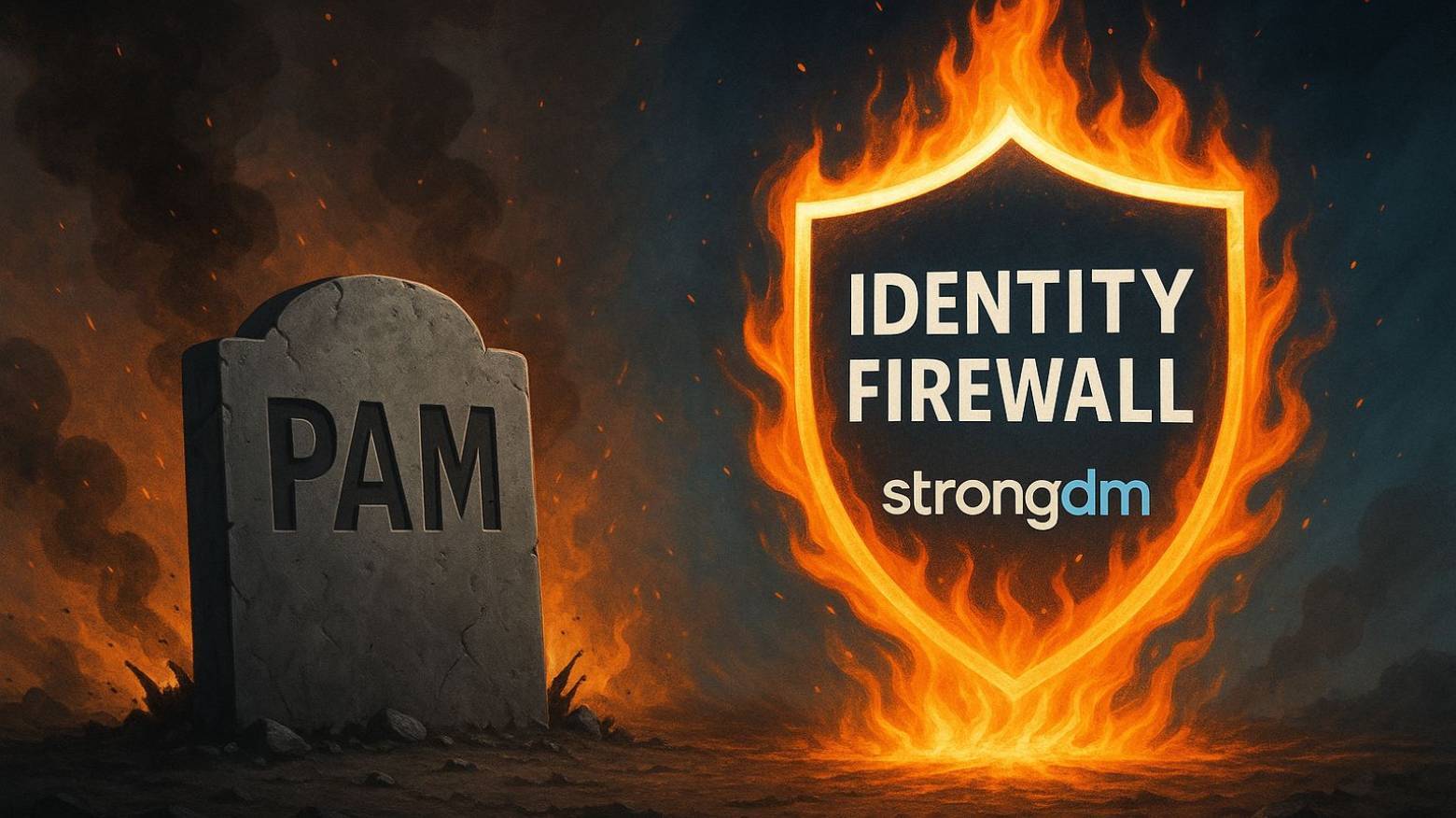
More than just an incremental improvement, the Identity Firewall is an architectural transformation that enables both security and velocity in modern environments. Organizations ready to lead this transformation will build competitive advantages that extend far beyond security compliance.
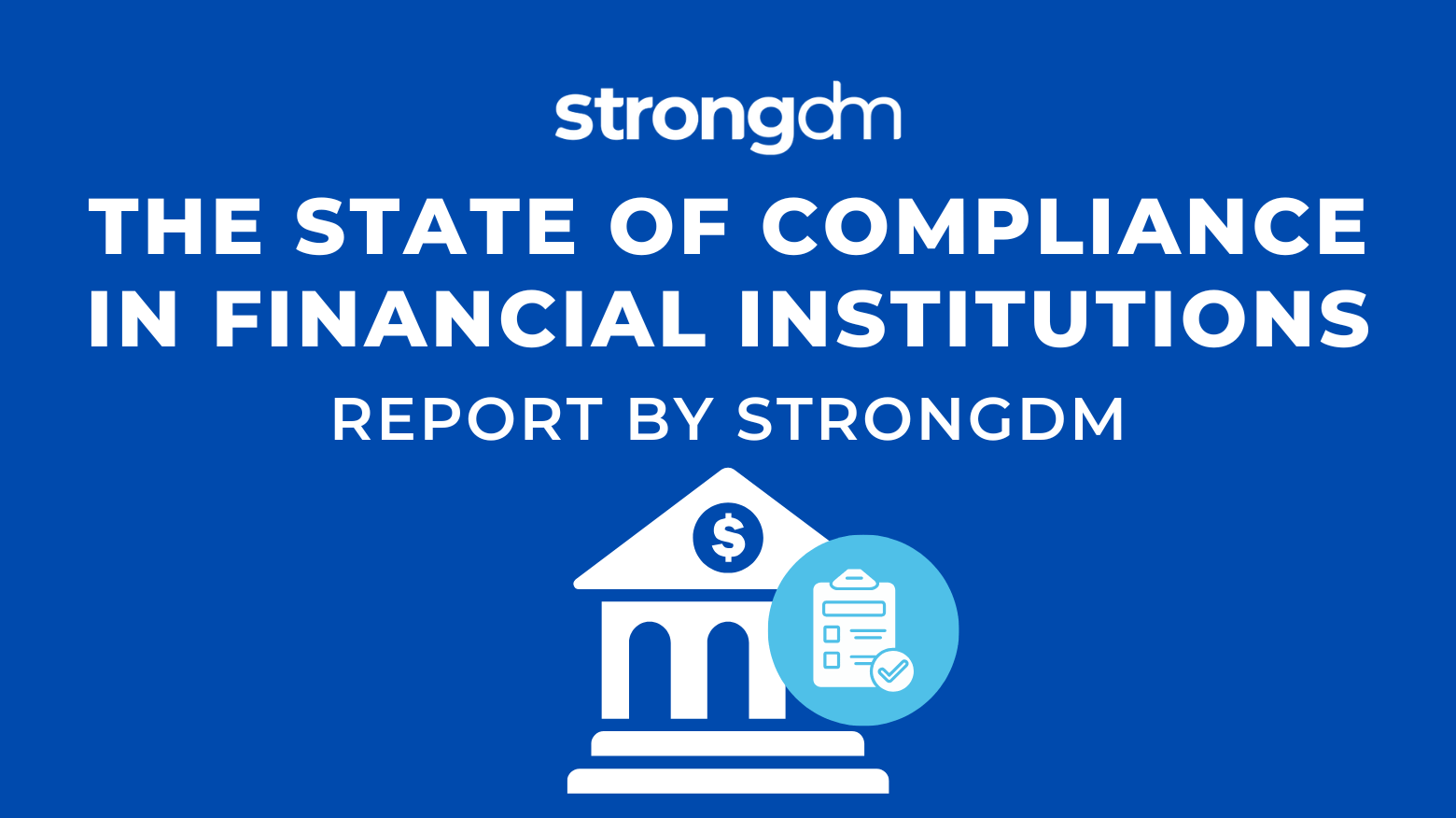
StrongDM’s latest survey of 1,000 IT, compliance, and security professionals at financial institutions and fintech firms reveals a telling picture: while confidence in compliance planning is high, operational challenges persist, especially around privileged access management and audit preparedness.
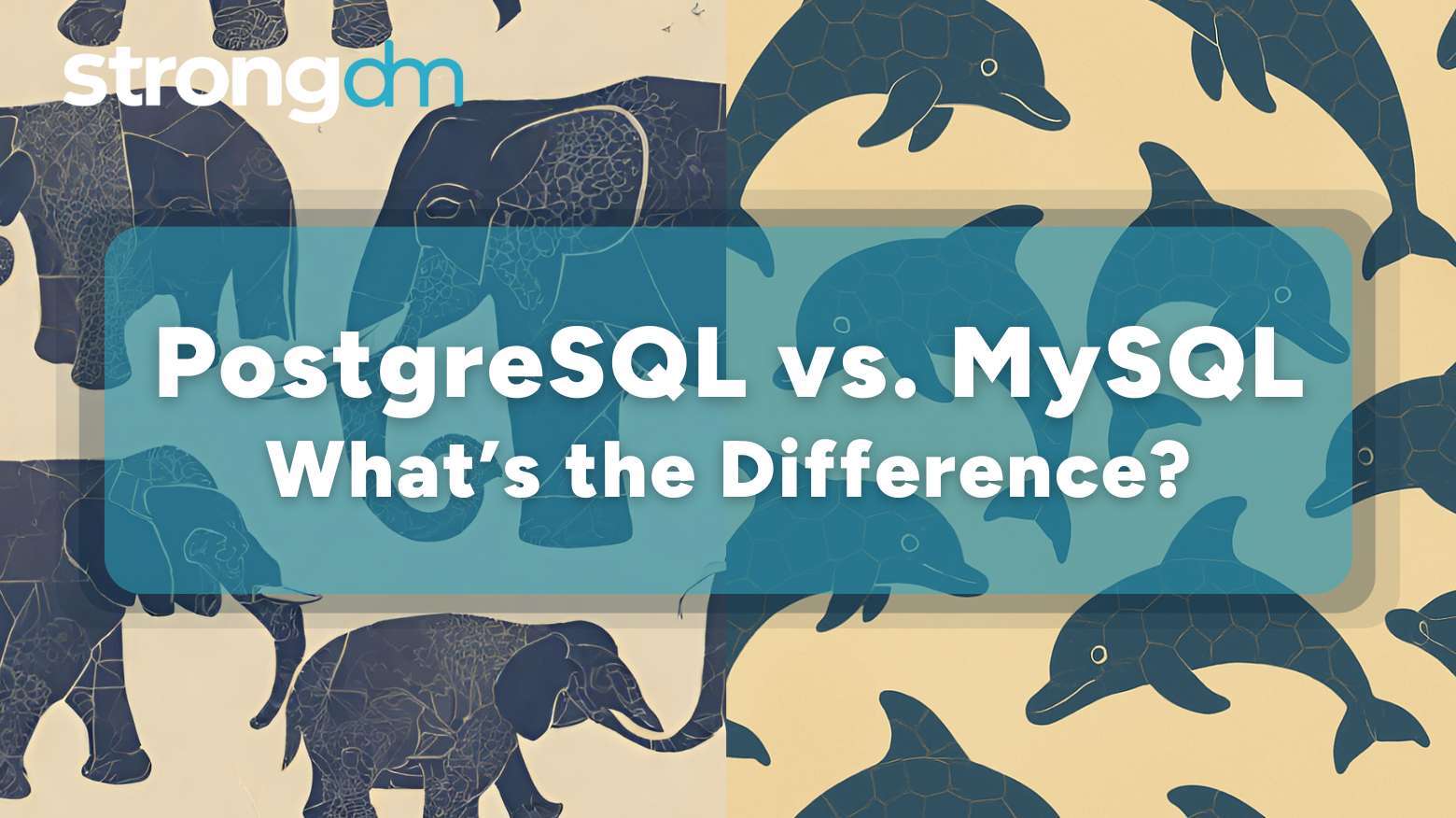
PostgreSQL or MySQL? It’s the age-old database debate. PostgreSQL shines for complex, write-heavy workloads, rich data types, and ACID compliance. MySQL is fast, lightweight, and perfect for read-heavy web apps and MVPs.
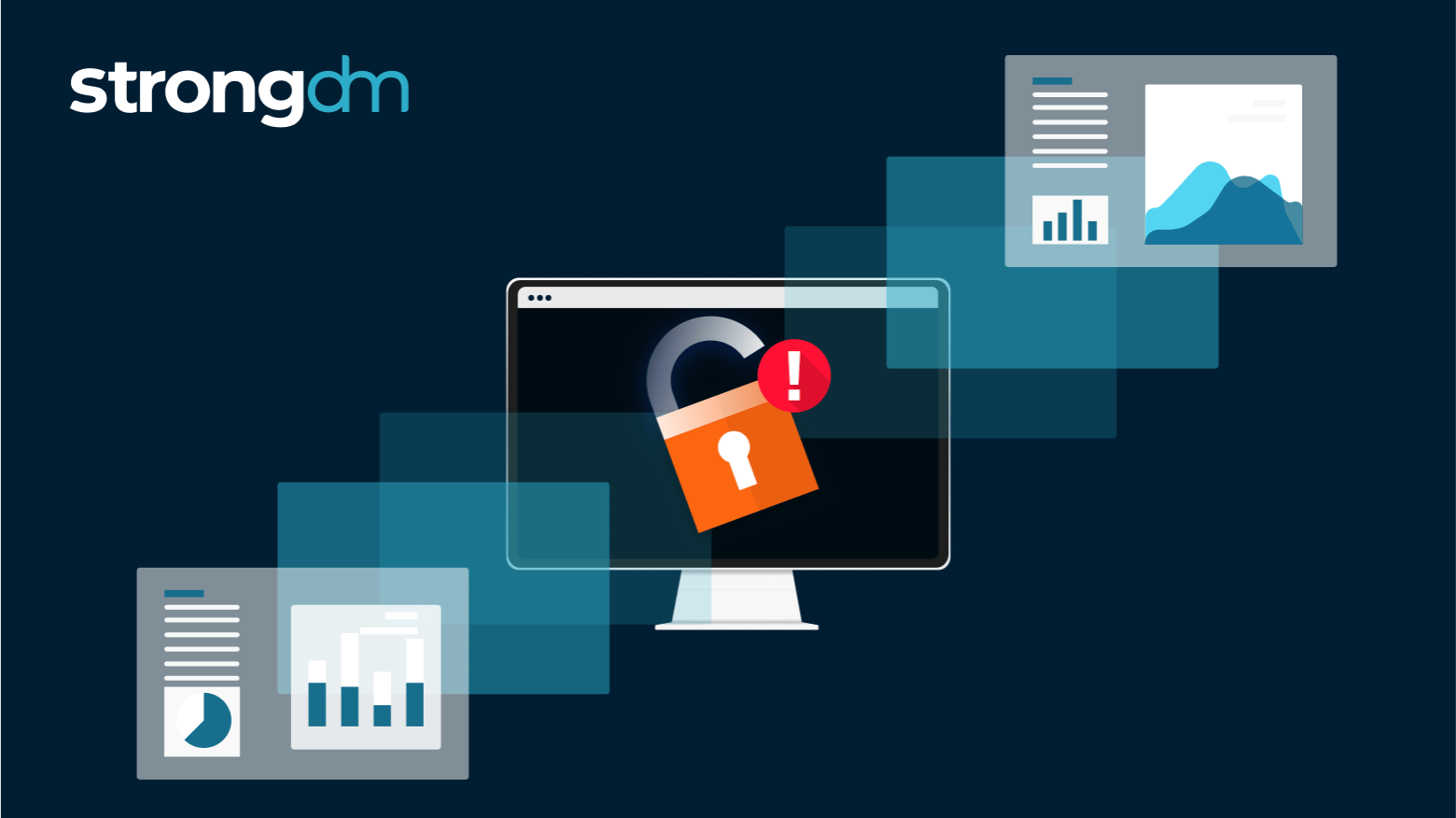
A breach isn’t a matter of if, it’s when. In 2023 alone, around 97 million accounts were breached in the US, accounting for one in three cases worldwide. Whether it’s a rogue insider, a phishing attack, or a third-party screwup, your best shot at bouncing back fast is having a clear, tested data breach response plan. This guide walks you through what to include: governance roles, incident severity levels, NIST-based response steps, legal obligations (like GDPR, HIPAA, and CCPA), and
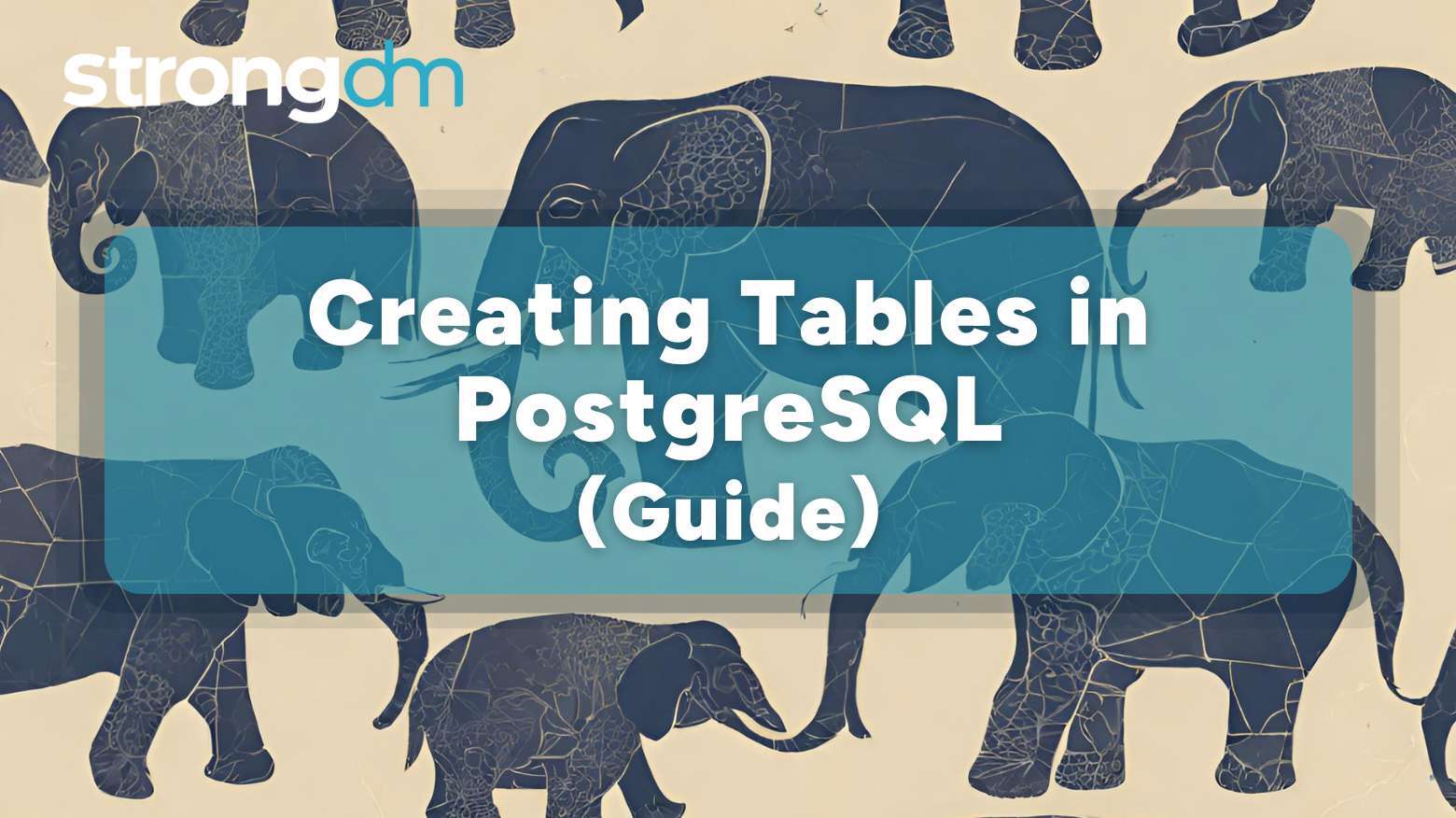
Learn how to create tables in PostgreSQL using psql or pgAdmin. Master data types, constraints, and schema design, and secure access with StrongDM's fine-grained permissions and audit trails.

Learn how to list MySQL users using SQL queries and GUI tools like Workbench and phpMyAdmin. Discover how to check privileges, manage accounts, and secure access with best practices, and see how StrongDM simplifies MySQL user management.
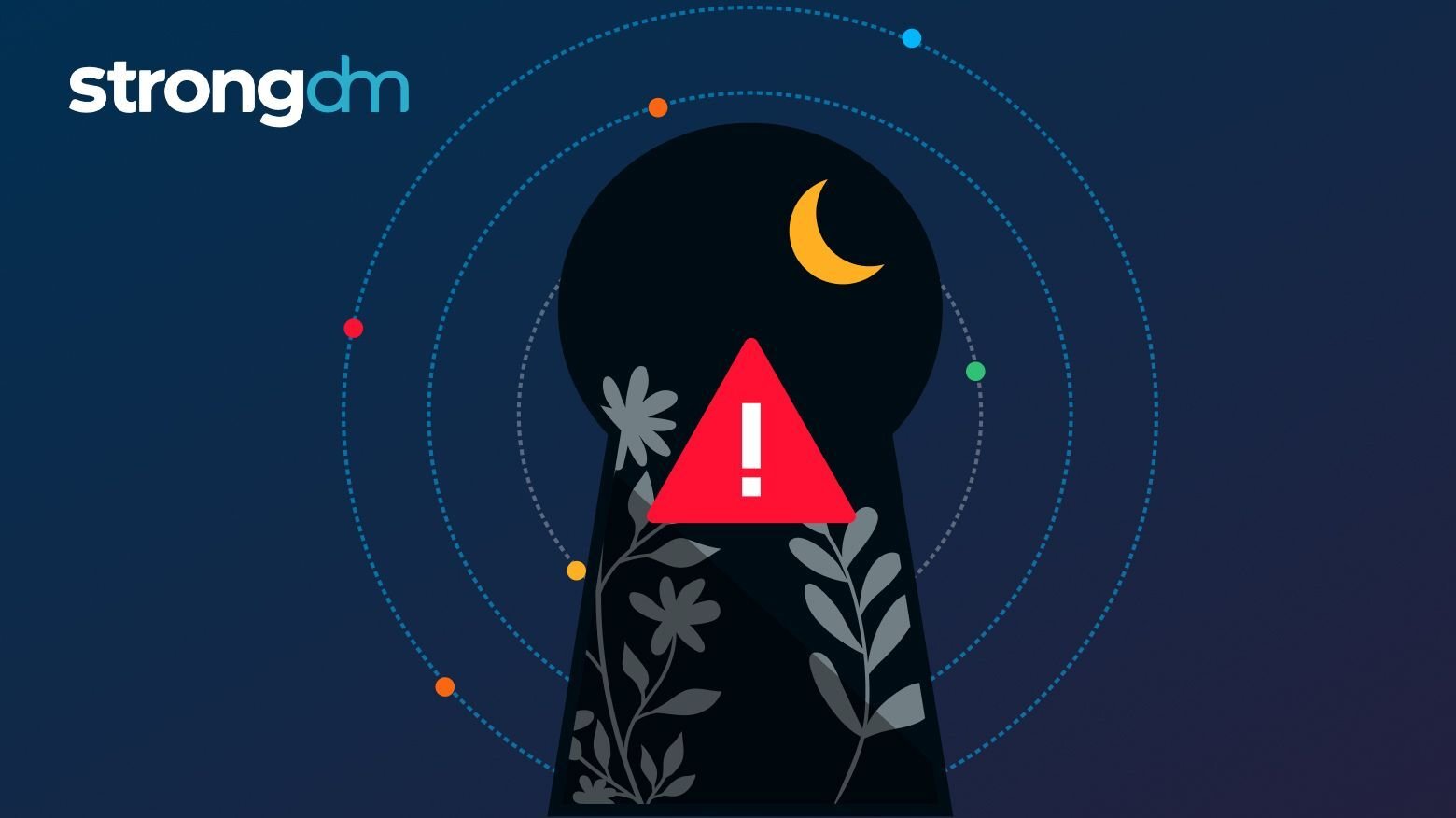
Most breaches don’t begin with hacking—they start with logging in. Discover how compromised credentials fuel modern cyberattacks and why Zero Trust Privileged Access is essential for securing today’s identity-driven environments.
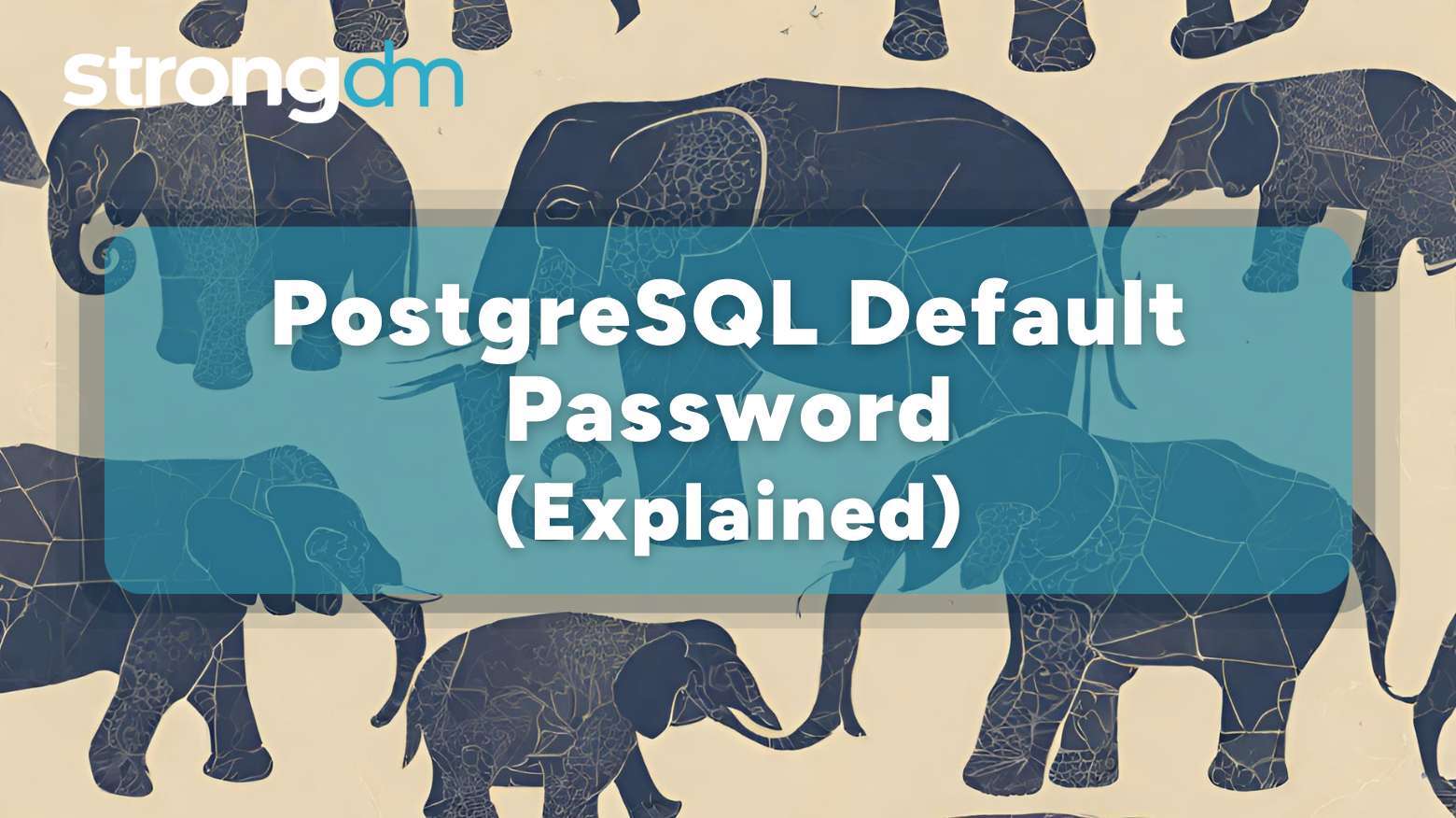
PostgreSQL doesn’t come with a default password. And while that might seem like a security feature, leaving it unset can be just as risky. Understanding how Postgres handles authentication—from pg_hba.conf rules to encryption types like MD5 and SCRAM—is essential for keeping your database secure. Missteps in configuration or password management can open the door to unauthorized access.
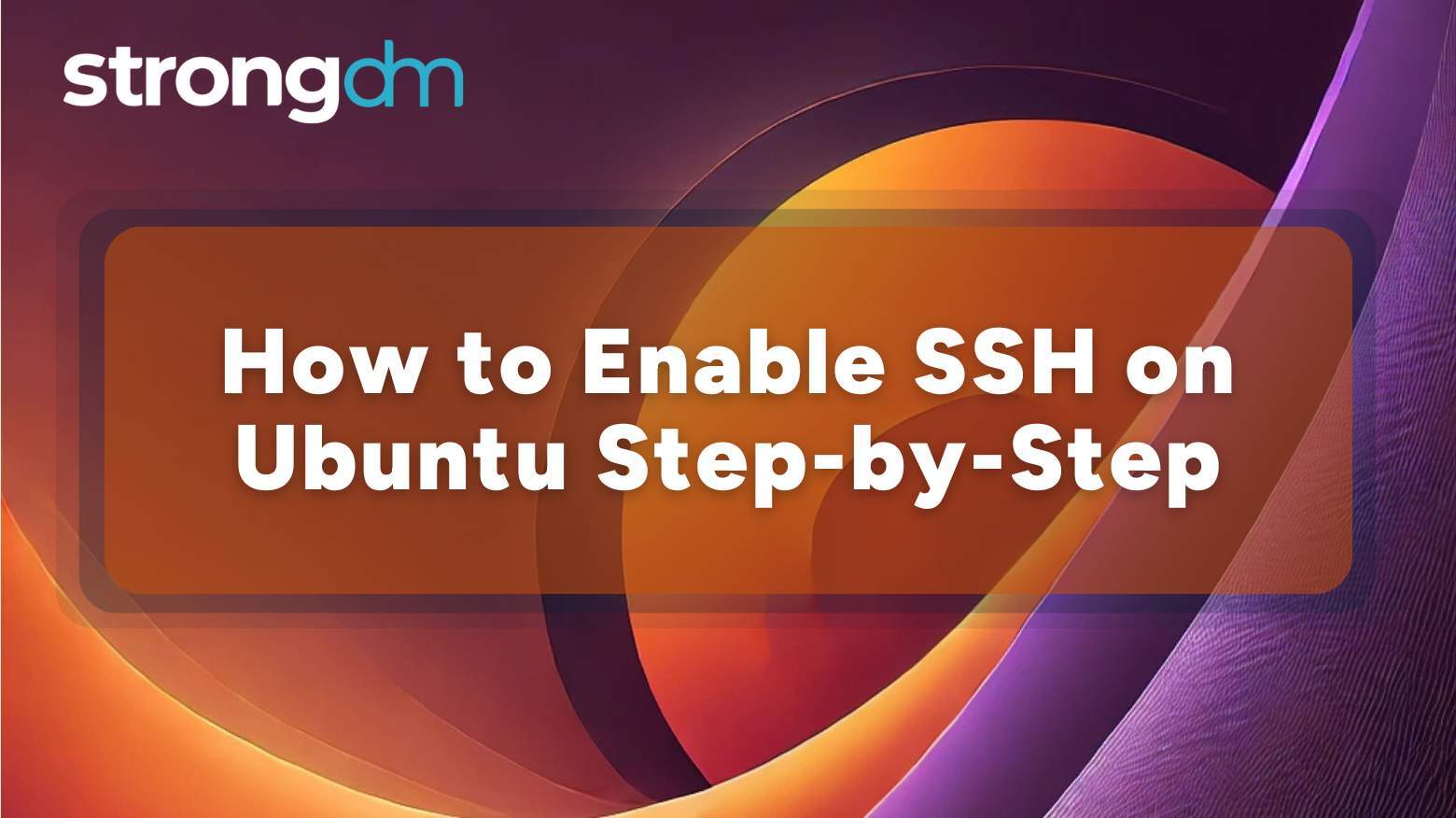
SSH is the backbone of remote access on Linux systems—and if you're running Ubuntu, enabling SSH is often one of the first things you'll do. But enabling it securely is what really matters. From installing OpenSSH and adjusting firewalls to enforcing key-based authentication and disabling root login, a secure setup takes more than just flipping a switch .This guide walks you through every step, plus how to make SSH access safer and simpler with centralized control, just-in-time access, and full

Listing tables in PostgreSQL is a basic yet essential task—whether you're debugging, automating CI/CD, or exploring a new database. But with sensitive data at stake, how you access matters. This guide covers common methods and how to secure them with centralized access, audit logs, and least-privilege controls.
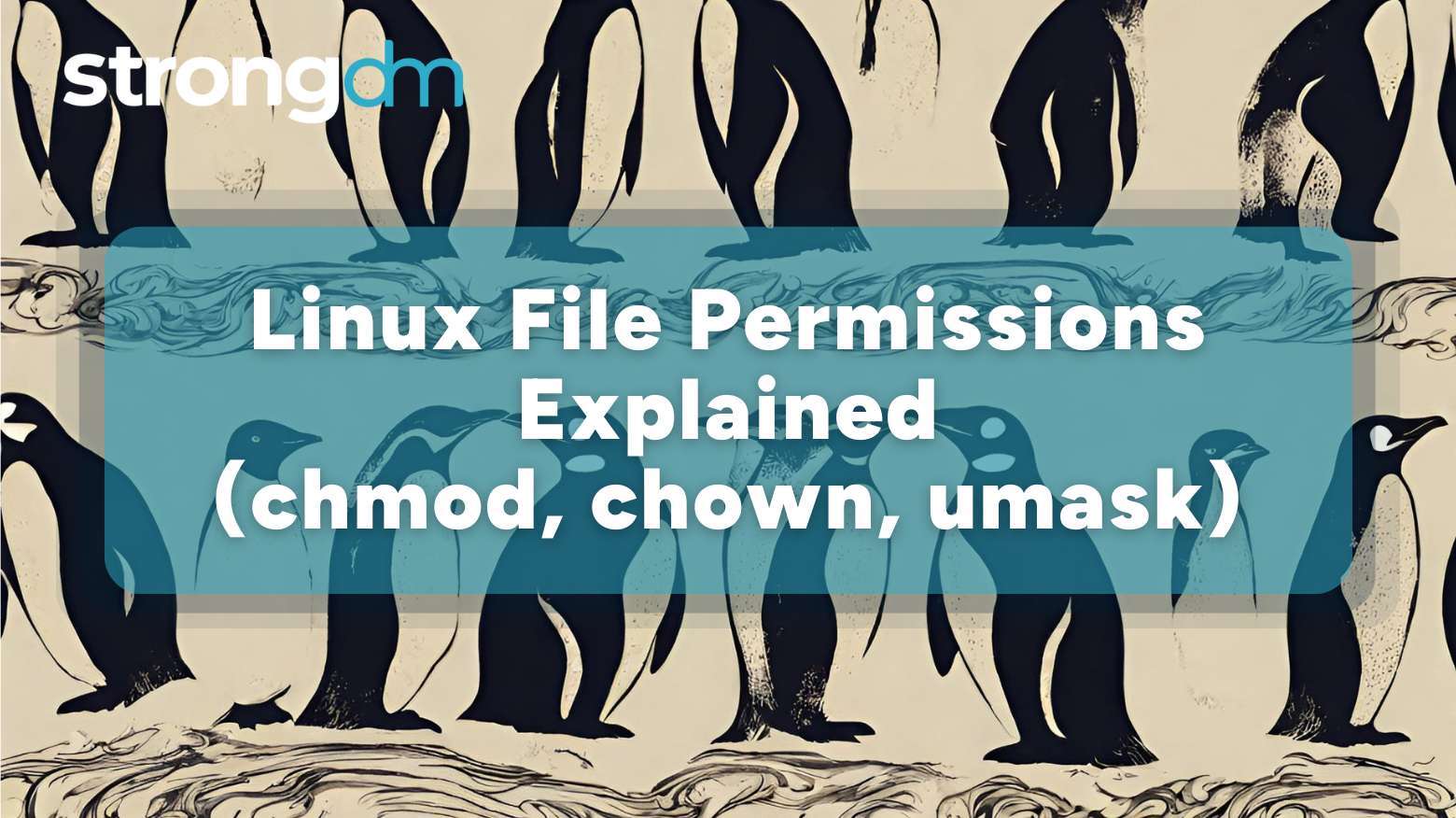
Linux file permissions control who can read, write, or execute files—crucial for system security. But with special bits, ACLs, and recursive commands, managing them can get tricky. This guide simplifies permissions and shows how to manage them safely with centralized access, audit logging, and role-based control—so you’re not stuck juggling chmod and chown alone.

Linux powers everything—from servers to IoT devices—and with that power comes a big responsibility: security. Linux security is all about protecting your systems from breaches, misconfigurations, and evolving threats without compromising performance. This guide explores everything from kernel-level protections to enterprise-grade defense strategies—and shows how to simplify Linux security by unifying access, enforcing Zero Trust, and replacing static credentials with identity-based access that

One of the most common and straightforward ways to list all groups in Linux systems is by leveraging the Linux "list groups" command. However, this isn’t the only way. There are several alternative methods, such as the "getent" command, the "/etc/group" file, and the "id" command. This guide will explore these methods in detail, so read on to get the full scoop.

